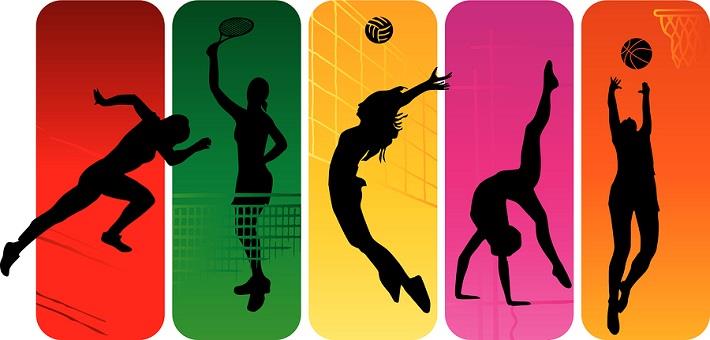
The Effectiveness of Exergames on Teens’ Physical Activity
Active-play videogames, also known as ‘exergames’, offer new possibilities to help teens become more active. A study in Games for Health Journal investigated the effectiveness of four different exergames and showed that these exergames can be successful in increasing teens’ physical activity. However, this depends on the extent to which the game stimulates active behavior with rules, points, rewards, and feedback.
Take aways
- Exergames with more behavioral stimuli result in more physical activity compared to exergames with less stimuli.
- Overall time spend playing exergames decreases substantially after one week.
- For health organizations, it’s worth looking at ways to integrate high-stimuli exergames in their health programs.
- However, they must take into account that teens do not play exergames for a long period.
Study information
The question?
Does playing exergames influence teens’ physical activity over four weeks?
Who?
63 11- to 15-year-olds; 62% boys; primarily Hispanic; 44% of the teens were overweight or obese
Where?
United States
How?
At the start of the study the teens, together with a parent, filled out a short survey about the teens’ gender, age, ethnicity, height, and weight. Afterwards the teens were asked to play one of the four following video games for four weeks: (1) “Xavix Tennis”, which stimulates tennis using a tennis racket controller, (2) “Xavix Bowling”, where player use a wireless bowling ball game controller to stimulate bowling, (3) “Xavix Boxing”, where players use boxing gloves as the game controller, and (4) “Jackie Chan Studio Fitness”, which uses a floor mat tracking players’ movements.
Teens were instructed by the researcher to record the time they spent playing the exergames. During the four weeks the teens were also contacted three times by telephone about their game play. At the end of the study they filled out the last survey. Teens’ daily physical activity and sedentary behavior (i.e. sitting or lying down) was measured with an accelerometer. They wore the accelerometers one week prior to playing the exergame, during the first week and last week of the study.
Facts and findings
- Teens who played “Bowling” or “Tennis”, which were classified as highly stimulating games, were more physical active during the four weeks.
- Teens who played “Boxing” or aerobic fitness, games with relatively few behavioral stimuli, were less physically active during the four weeks.
- However, teens’ sedentary behavior remained stable.
- Teens’ overall game play decreased substantially after the first week. Only about half of the teens played their exergame during the second and third week. In the last week only one third still played the videogame.